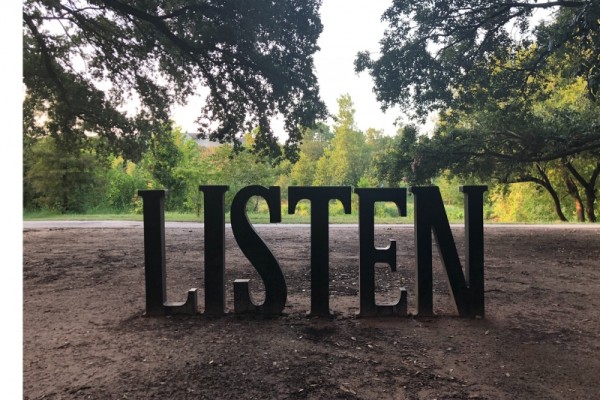I sometimes think about how many kitchens are filled with the sounds of people who come home from their job and rant about how frustrated they are with people at work and organizational dysfunction. I grew up hearing this in our kitchen many nights when my dad got home from his office. Perhaps that’s part of why I was drawn to be a facilitator and seek out more effective, healthy ways for people to work together.
Happily now, more often than not, I come home to my kitchen with good stories of collaboration, where I am seeing the benefits it leads to. Here is what it looks like:
- Each person can freely share their ideas and concerns. Each of their unique perspectives informs the whole. Through sharing and discussion of all the ideas, they combine in ways that evolve the group’s thinking to arrive at a deeper understanding and well-thought out insights and next steps.
- Diverse engagement and participation allows blind spots and false assumptions to be recognized so they can be addressed.
- Potential pitfalls or objections to a course of action are identified early in a process.
- People’s interest, commitment, and enthusiasm for actions develops naturally through the collaborative process.
- When unforeseen events or problems arise, a group has trust and agility to adapt and respond smoothly.

Many of our institutions and organizations make it difficult to experience this quality of teamwork. Competitive cultures and ways we think of leadership can work against this. We’ve all heard phrases such as, “every man for himself,” “get ahead,” and “shine and be recognized.” Leaders feel they must “have the answers,” “make their case” and “make things happen.” Hierarchies have a place. However, they have real downsides when they limit how we see and hear the ideas, concerns, and perspectives of those with less positional status. We see this when a lower level employee’s concern is brushed off, or a senior leader can’t take criticism or feedback so things don’t get raised.
In helping leaders and teams learn how to collaborate effectively, there are behaviors I see leaders engage in, thinking they are driving progress, but that actually result in undermining collaboration and teamwork. Here are three common ones:
- Doing an end run– A team is working together on something and then one member (typically a senior leader) takes it and moves it forward or sends it out without full buy in and agreement of the team. From their point of view, they are “getting things done,” yet this action undermines the trust and ownership of the group. Here is my rant of a blog about the pitfalls of this manufactured urgency.
- Talking over – Someone starts to talk in a meeting and is interrupted or someone else talks over the end of their point as if they already know where they are going. When this behavior is an accepted norm in a group, often people are not really listening to each other. Some will shut down and avoid speaking up and the group will not hear or access the best thinking of each person. I recommend Time to Think, which is a great resource about the personal and group behaviors that create the best thinking environment. Here is a quote:
The quality of everything we do depends on the quality of the thinking we do first.
The quality of our thinking depends on the way we treat each other while we are thinking.
- Suppressing conflict– Someone is upset, a concern is raised, or a conflict arises between two people with some tension or sense of discomfort. The facilitator or senior leader quickly moves to “smooth it over,” change the topic, move on, keep to the agenda, and not get derailed. While in the short term it can seem that this is effective in maintaining progress, the underlying reasons for a conflict go unaddressed (and people are ranting later in their kitchens). The work environment starts to freeze out honest raising of concerns and difficulties, meaning the team/organization can’t access full information and understanding of what is happening. When leaders make space and adjust an agenda to listen and learn, what may appear as conflict and tension can become ‘generative,’ allowing a new breakthrough of understanding or ideas. Much more can be said about this relating to power dynamics, diversity, and patterns of discrimination.
